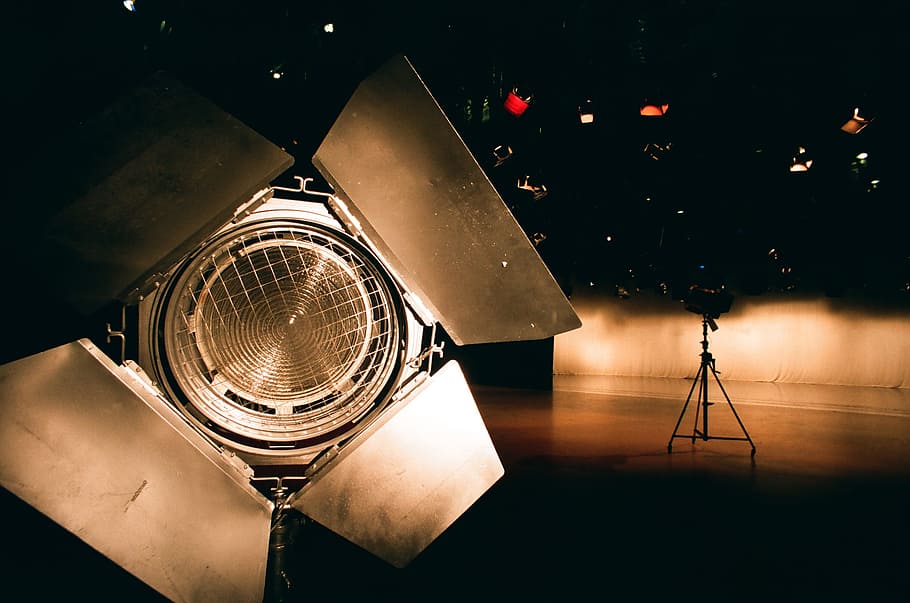There wouldn’t be film without film lighting. Lighting is as crucial to cinematic storytelling as a script and a subject, and filmmakers have experimented with different lumination techniques for as long as the medium has existed.
If you want to produce professional-looking video you need to know at least the basic principles of lighting.
Good lighting calls for intentional illumination.
Color Temperature
- When all three primary colors overlap Red Green Blue (RGB) you get white.
- The standard by which we measure the relative reddishness or bluishness of white light is called color temperature.
- Color temperature is measured in Kelvin (K) scale.
- The more bluish the white light looks the higher the color temperature. (Daylight)
- The more reddish, the lower the color temperature. (Indoor)
Color Temperature Standard
5,600K Daylight – outdoors, bluish light
3,200K Indoor – more reddish light
White Balance – You need to white balance a camera because not all light sources produce light of the same degree of whiteness.
A candle produces a more reddish light.
Midday sun gives off more of a bluish light
Types of Light
Directional Light: Precise beam that causes shadows.
Diffused Light: Soft light, its beam spreads out quickly and illuminates a large area.
Quality of Light – How it affects your subject, how the light behaves.
The distance of the light from the subject can create soft or hard shadows.
Diffusion of light can soften it.
Soft light is light that is diffused before hitting the subject. Soft light tends to “wrap” around objects, creating diffused shadows with soft edges.
Hard light hits the subject directly from the source. Hard light is more focused and produces harsher shadows.
For example: An overcast day produces soft light (clouds act as diffusion). A sunny day produces harsh shadows.
Light Intensity
A light meter is used to measure light intensity or how much light falls onto an object. It measures the contrast between light and dark areas.
Contrast: The difference between the brightest and darkest spots in a video.
Baselight: Available light in the room.
Shadows: Shadow control is an important part of lighting. Shadows can influence our perception. There are two main types of shadows attached and cast.
Attached shadows – Attached to the subject.
Cast shadows – Can be seen independent of the object causing them.
High Key Lighting – is a lighting style that results in a brightly lit frame with even lighting, minimal shadows, and low contrast.
Low Key Lighting – accentuates shadows, high contrast, and dark tones. The visual aesthetic of low-key lighting is usually achieved by using hard sources or key lights with minimal to no fill light.
Gels
Thin, plastic, colored sheets placed in front of a light source to manipulate the color temperature.
Reflector
Any material used to “bounce” light from the source onto the subject.

